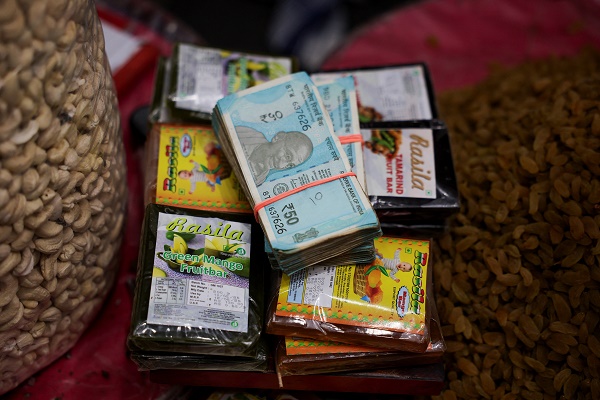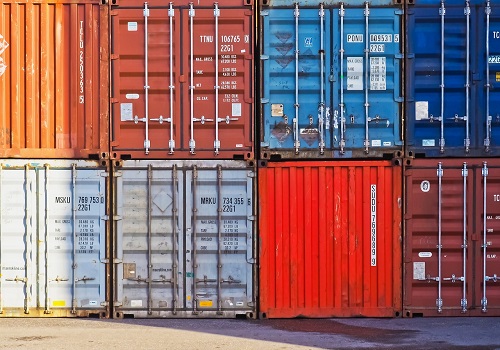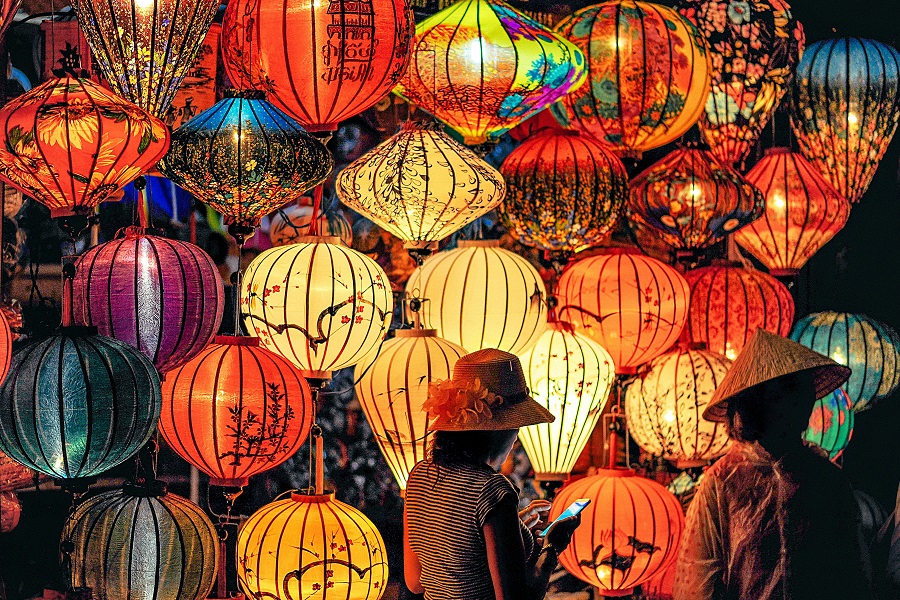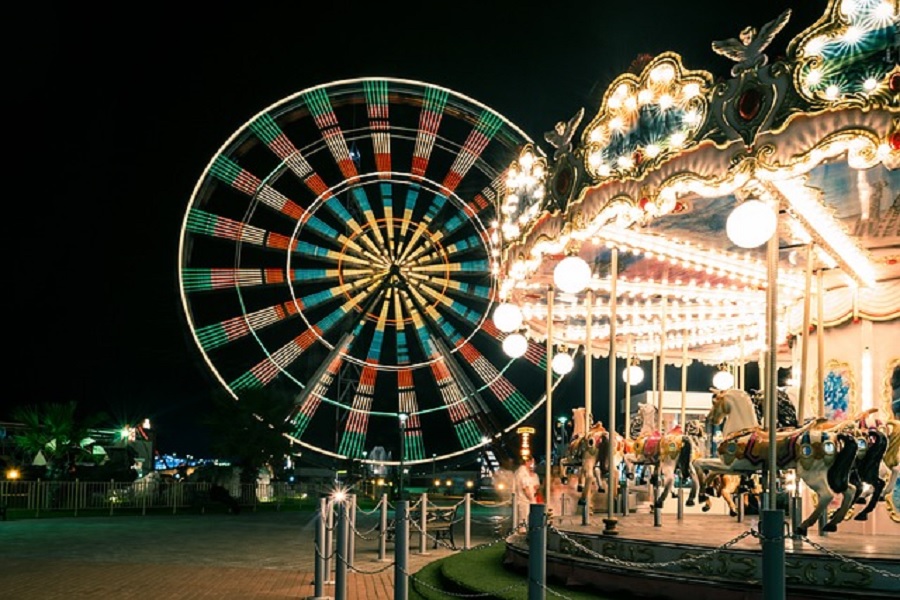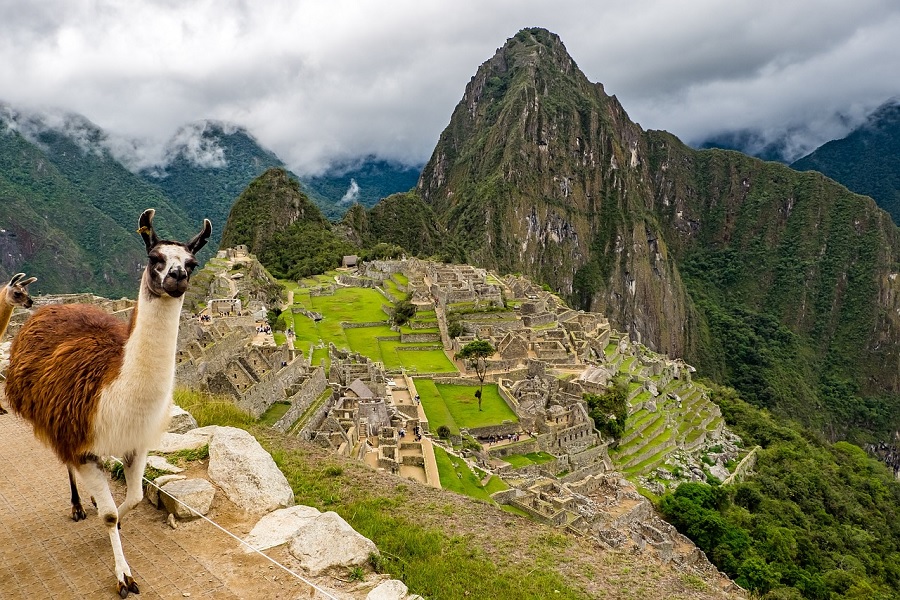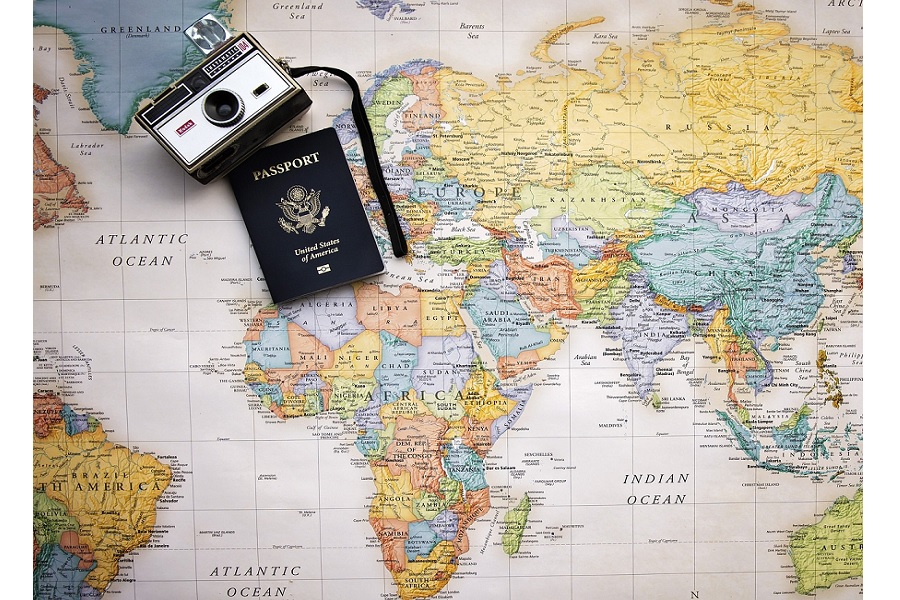Cultural Festivals That Attract Tourists Worldwide: A Journey Through Global Celebrations
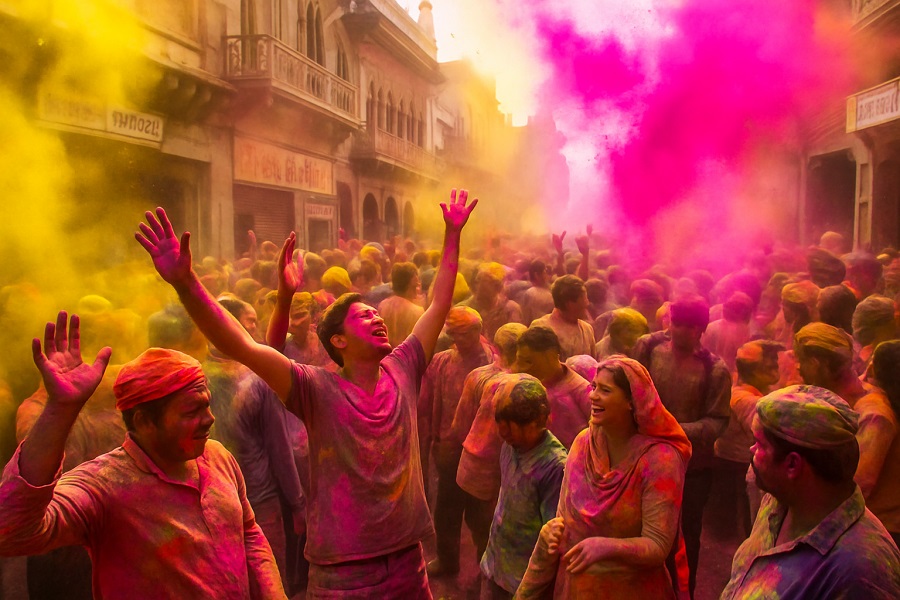
Travel is more than visiting landmarks or trying exotic dishes—it’s about immersing oneself in the heartbeat of a place. Across the globe, cultural festivals offer a rare window into the traditions, values, and artistry of a community. These events not only preserve heritage but also attract millions of tourists who seek authentic experiences that transcend ordinary sightseeing.
From the vibrant colors of India’s Holi Festival, where streets explode in clouds of powdered hues, to the soulful rhythms of Brazil’s Rio Carnival, where samba dancers electrify entire cities, cultural festivals create memories that linger long after the journey ends. They offer a chance to engage with locals, participate in age-old rituals, and witness performances that have been passed down for generations.
In Spain, the La Tomatina festival turns a small Valencian town into a massive tomato battlefield, creating both laughter and chaos in equal measure. In Japan, the Gion Matsuri of Kyoto showcases centuries-old floats, intricate costumes, and Shinto traditions that have remained intact since the 9th century. Meanwhile, in Mexico, Día de los Muertos (Day of the Dead) blends indigenous beliefs with Catholic traditions, transforming graveyards into vibrant spaces of remembrance filled with marigolds, candles, and music.
Tourists are increasingly drawn to such festivals because they offer something that Instagram feeds can’t fully capture—a sense of belonging, even if temporary, to a culture different from one’s own. For many, attending these celebrations is about more than entertainment; it’s about understanding the stories, struggles, and triumphs that shape a people’s identity.
However, the rise in popularity also brings challenges. Overcrowding, commercialization, and loss of authenticity can threaten the very spirit of these events. Sustainable tourism practices—such as limiting visitor numbers, encouraging respectful participation, and ensuring that local communities benefit economically—are essential to preserving the magic of these festivals for future generations.
Whether it’s dancing under the northern lights in Sweden during Midsummer, savoring lantern-lit nights at Thailand’s Yi Peng Festival, or feeling the pounding drums of Africa’s Lake of Stars Festival, cultural festivals prove that travel is not just about seeing the world, but about feeling its soul.
.jpg)

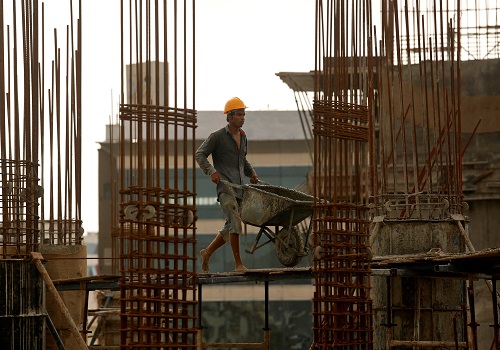




.jpg)
.jpg)
